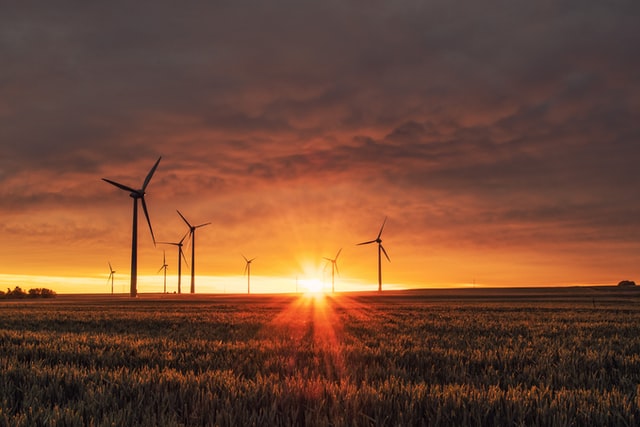by Shelley Welton, Deputy Director
In October, the Government Accountability Office (GAO) released an interesting though little-noted report on the Tennessee Valley Authority’s (TVA) energy efficiency and capital expenditures planning. The report does an excellent job of illustrating how even commendable efforts at energy efficiency can fall short if a utility’s planning does not fully account for the potential of energy efficiency as a resource.
The TVA has a unique structure—it is a self-financing, federally owned electric utility that serves a large swath of the US Southeast. As such, it is not subject to state regulatory oversight by a public utilities commission like most investor-owned utilities. The GAO’s report suggests that this regulatory freedom has perhaps both helped and hampered the TVA’s energy efficiency goals in certain ways, and concludes that it could use its freedom to do significantly more to advance the goal of energy efficiency.
The TVA currently sources about 42 percent of its generation from coal, 30 percent from nuclear, 8 percent from hydroelectric, 3 percent from natural gas, and 1 percent from non-hydro renewables (it purchases and imports the remaining 16 percent). That’s a fairly typical resource mix for the Southeast. To further its mission of supplying affordable, reliable power, the TVA engages in power supply planning over a twenty-year horizon. In its latest plan, the TVA called for finishing construction on three nuclear reactors, retiring 26 percent of its coal facilities, and adding natural gas capacity. It also established a goal of 3.5 percent energy savings from efficiency investments by 2015. The TVA reportedly chose this goal because it determined this level of savings would position it as a leader among Southeastern electric utilities.
The TVA certainly deserves to be commended for aspiring to regional leadership in energy efficiency. Nevertheless, the GAO points to a critical flaw in the TVA’s efficiency planning: the TVA did not base its energy efficiency goal on a study of the energy efficiency potential of its service area, and therefore cannot be sure that it is not missing major opportunities to pursue all cost-effective energy efficiency opportunities in the region. Indeed, a comparison with other utilities suggests the TVA may not be doing all it can. Whereas leading national utilities spend an average of 2.5 percent of annual revenues on energy efficiency programs, the TVA to date has only spent around 0.18 percent of its revenues on energy efficiency (though that number is projected to go up in coming years). This low level of past investment suggests that there is a “large reservoir of attainable energy efficiency savings to be had in the future.” (GAO Report at 26).
These findings highlight the importance of properly accounting for energy efficiency during utilities’ long-term planning processes. If instead of simply choosing a number that would allow it to lead its region, the TVA had used its planning model to help it identify the appropriate amount to invest in energy efficiency as compared to supply-side energy sources, it might have chosen to devote far more resources to energy efficiency programs and far fewer to new nuclear and gas supply. Many public utility commissions are requiring utilities under their state jurisdiction to engage in precisely this type of analysis, with the result that energy efficiency is accounting for a growing share of these utilities’ future resource plans. As an aspiring leader in the energy efficiency field, hopefully the TVA will pursue a similar line of analysis in the future.
One constraint that the TVA identifies as holding it back from investing more in energy efficiency is the possibility that those investments might raise rates for consumers, contrary to its mission. But as the GAO notes, this concern focuses on rates at the expense of overall costs—if energy efficiency programs successfully lower the amount of energy consumers are using, any rate increase will likely be more than offset by lowered demand, such that overall electricity bills will go down. At the same time, redirecting more of its expenditures towards energy efficiency might allow the TVA to sidestep some of the budget constraints that it is currently facing. The GAO finds that the TVA may not have adequate resources to make its planned $9.9 billion investment in capital projects through 2013, particularly given the likelihood of cost overruns. Although the GAO did not make this connection in its report, it seems that if some of the TVA’s planned capacity expansion could instead be replaced more cheaply by energy efficiency, these financial woes might also be eased. But to know the answer to this “if,” the TVA will have to fully integrate energy efficiency into long-term resource planning.




